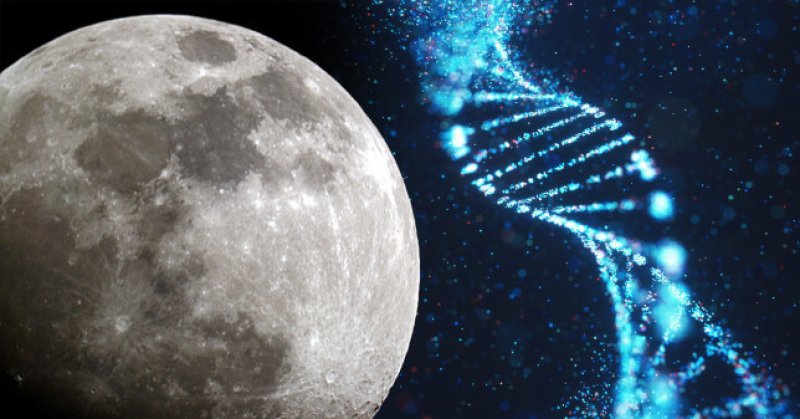[A “lunar ark” gene bank, could] be safely hidden in [the moon’s] hollowed-out tunnels and caves sculpted by lava more than 3 billion years ago and would be powered by solar panels above. It would hold the cryogenically preserved genetic material of all 6.7 million known species of plants, animals and fungi on Earth, which would require at least 250 rocket launches to transport to the moon, according to the researchers.
Scientists believe the endeavor could safeguard our planet’s wildlife against both natural and human-caused apocalyptic scenarios, such as a supervolcano eruption or a nuclear war, and ensure the survival of their genes.
“I like to use the data analogy,” [lead researcher Jekan] Thanga said. “It’s like copying your photos and documents from your computer onto a separate hard drive, so you have a backup if anything goes wrong.”
Therefore, if an apocalyptic event destroyed the natural world or wiped out most of humanity, there would be a chance to “hit a reset button,” Thanga said.































